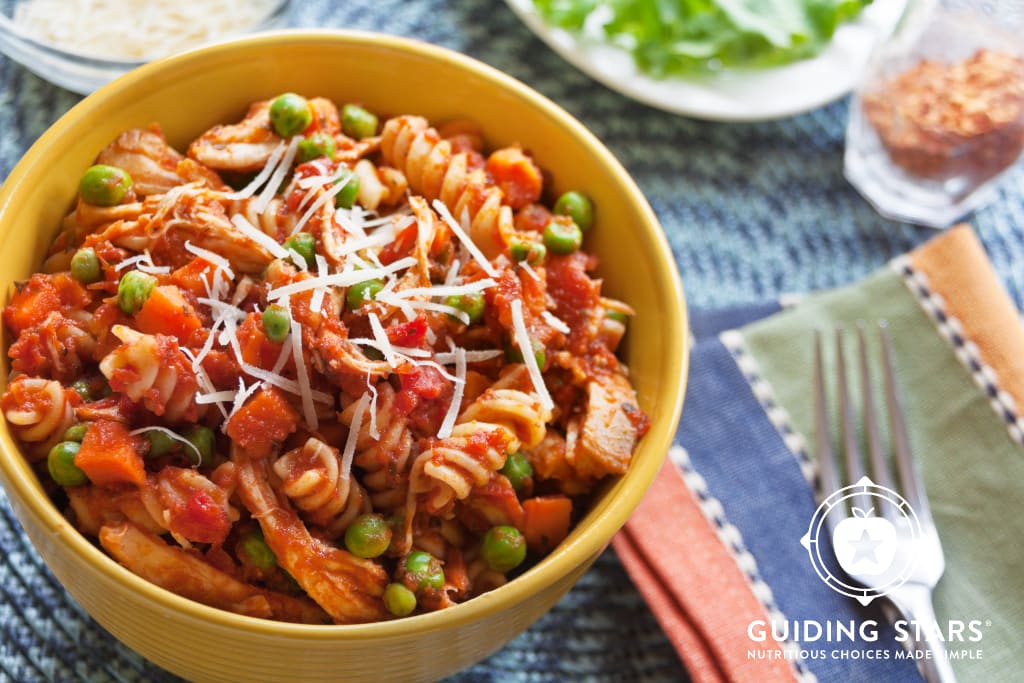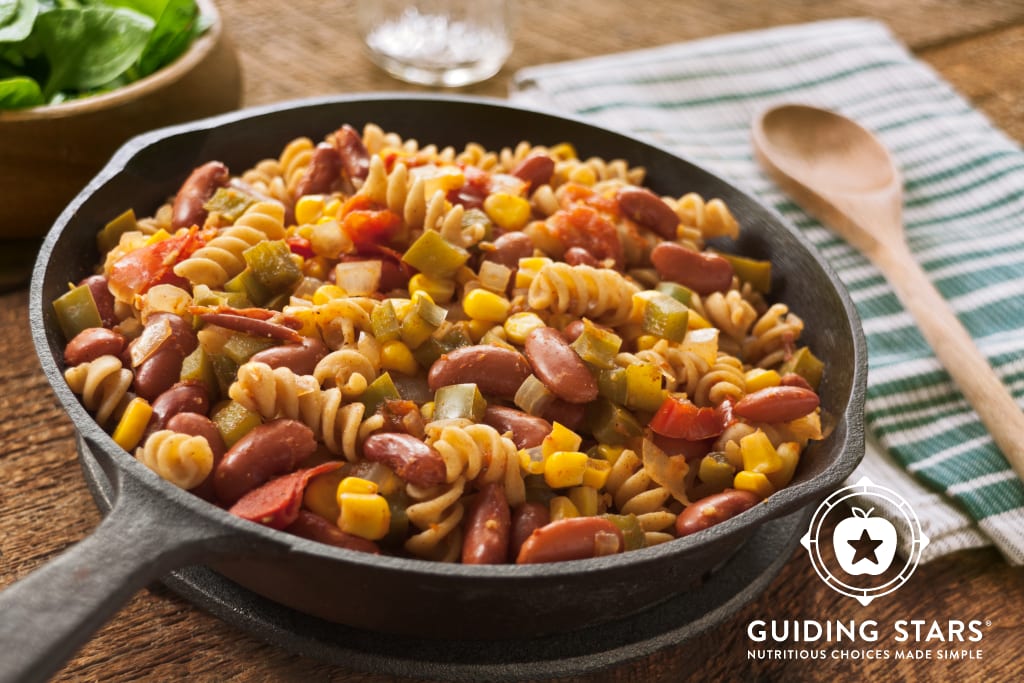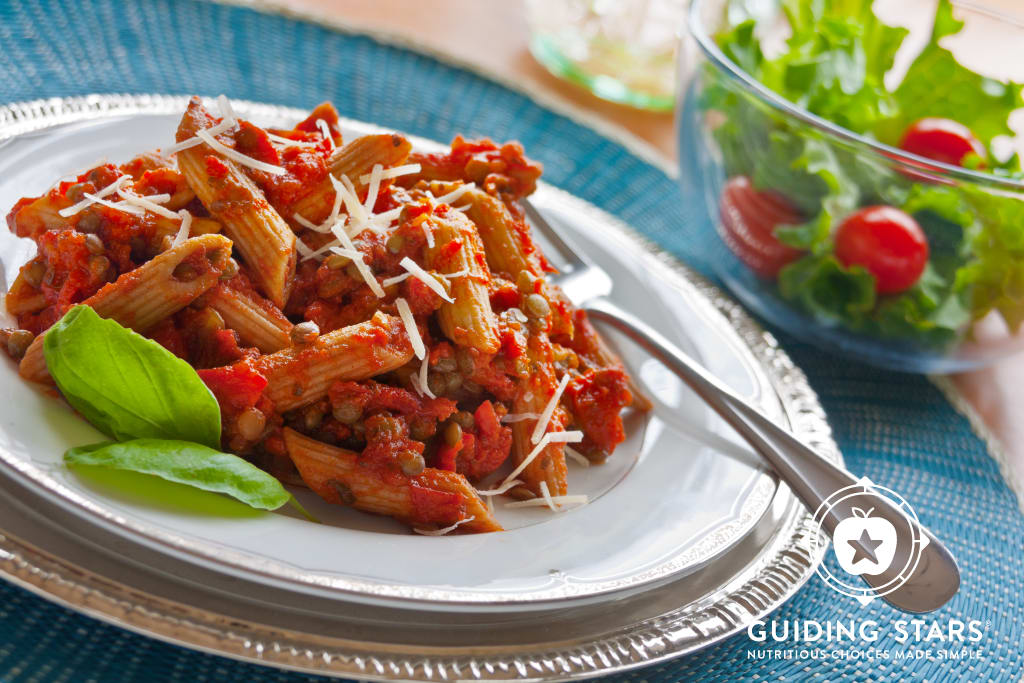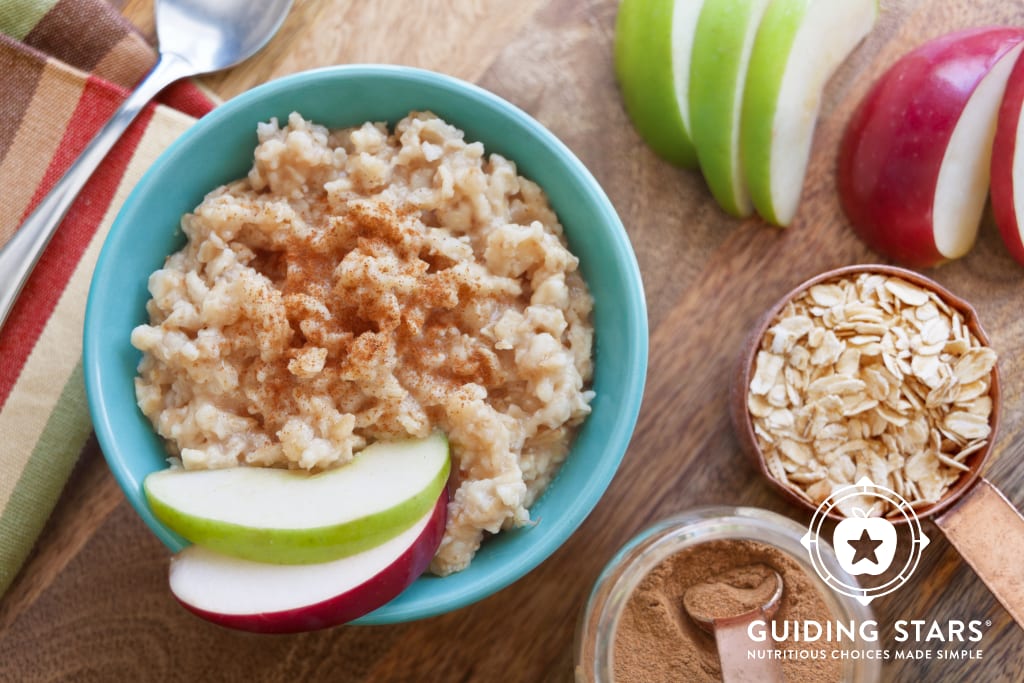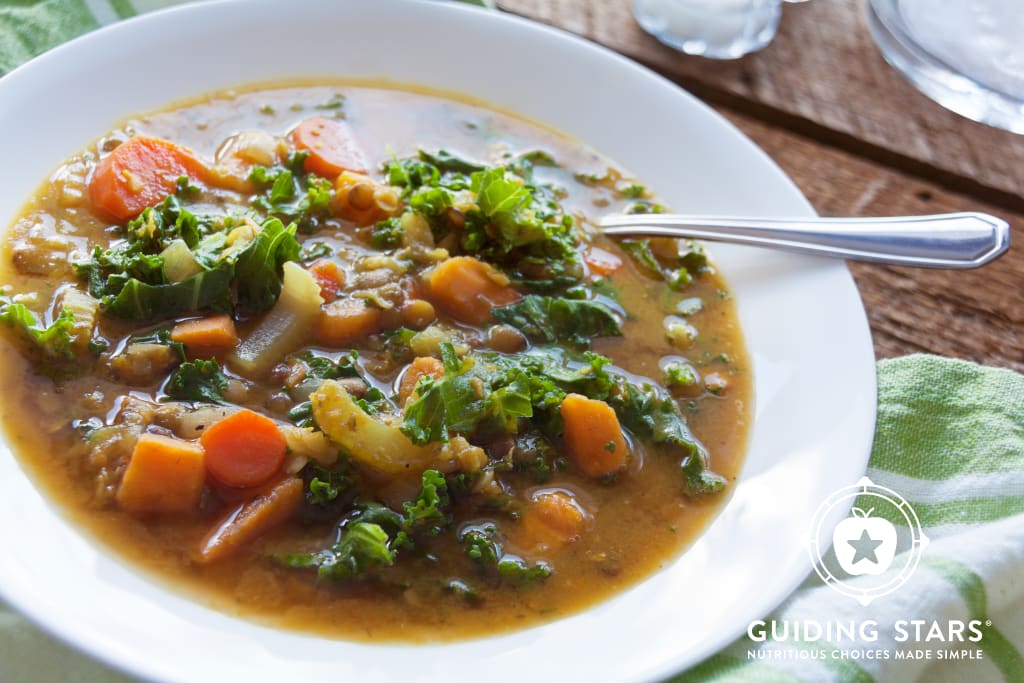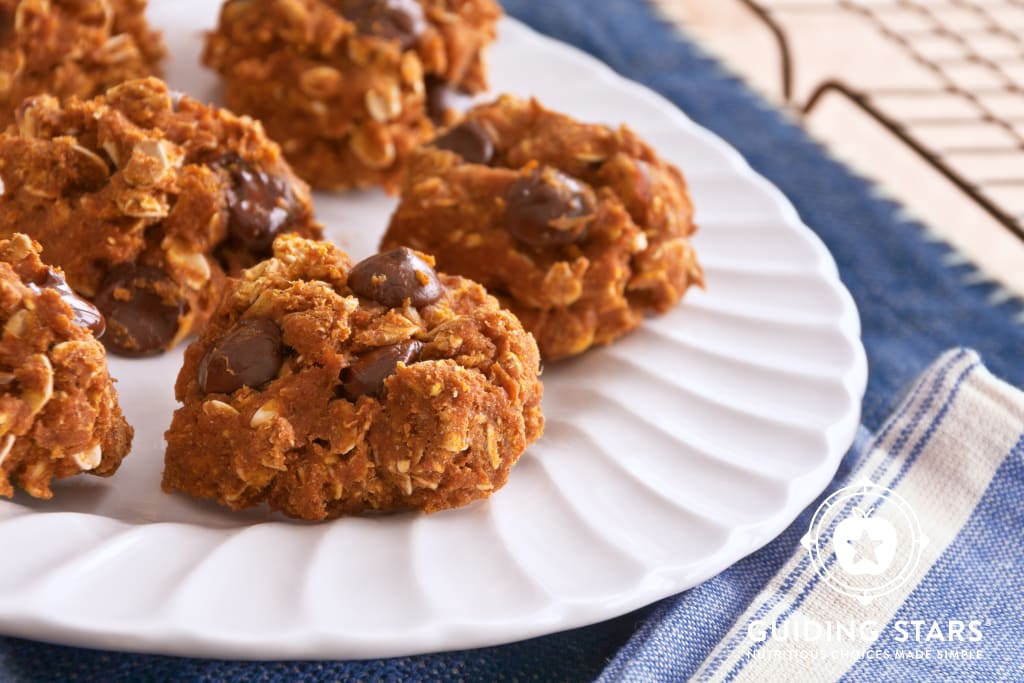
As COVID-19 (aka, coronavirus) spreads, the number of people who are asked to stay home to slow and minimize the spread of the disease is likely to increase. If you’re among the people who can make your money from home when necessary, you may actually choose to stay home to take pressure off the system. And certainly, if you are sick, you should already be staying home except to seek medical care. What that’s going to mean for many folks is eating a lot more pantry staples. Diets high in prepared foods can quickly become boring…and high in sodium. We’ve got some tips and recipes to help you make smart pantry-stocking choices in case you need to stay in for a couple weeks.
Let’s talk canned goods.
High sodium is the chief culprit in canned goods, so if your diet is going to be high in canned foods, pick “low-sodium” or “no-salt-added” options. Note that “reduced sodium” simply means that an item has less salt than a previous iteration of the same product, which doesn’t necessarily mean it’s objectively low in salt. Look for products that earn 1, 2, or 3 Guiding Stars, which will help you quickly identify foods that have great nutrition and less sodium.
Here are a few canned goods we find to be incredibly versatile:
- Beans – black, kidney, chickpeas
- Vegetables – corn, green beans, pumpkin, mixed peas and carrots
- Tomatoes – crushed, sauce (plain and/or marinara), and paste
- Applesauce – unsweetened
Go high (in fiber) and dry.
Dried goods are often single whole foods that are dense in nutrients to begin with. If you have a habit of cooking with them already, chances are you’ve already got a few of these long-lived beauties on hand. If you’re stocking up fresh, here are a few ideas for easy-to-cook and easy-to-enjoy dried goods:
- Lentils – Pick up both red and either green or brown. They have different textures and cooking times.
- Oatmeal – Quick-cooking takes little time, steel-cut can be set up to soak overnight for a low-energy cooking process, and rolled are called for in most recipes. You can’t go wrong.
- Beans – If you use a pressure cooker, dried beans take very little time to cook, and they store better than canned if you end up not needing them. Pick 1 or 2 varieties.
- Pasta – Look for 1, 2, or 3 Guiding Stars to identify options with more whole grains, vitamins, and minerals.
Use your freezer.
If we were talking about weather preparedness, the freezer might not be your first go-to option for food storage, as it does rely on power. For the purposes of keeping flavors fresh while you’re camping out at home for a week or two, however, your freezer is your best friend. Here are some ways to put it to work to keep things fresh and easy:
Meat – Chicken and fish, in particular, are excellent lean proteins that store beautifully in the freezer and can be bought pre-frozen in easy-to-work-with portions. Look for 1, 2, or 3 Guiding Stars to easily identify lean options that don’t have added sodium from being brined before freezing.
Fruit – Most fresh fruit does not store well (oranges and apples being the exception), but it’s delicious and packed with nutrition. Stock up on pre-frozen berries and stone fruit. Buy a bunch of bananas, peel them, and store them in a freezer bag for easy smoothies.
Vegetables – While canned peas and corn are fine, for onion, peppers, garlic, carrots, and celery, frozen is the way to go. You can buy these veggies pre-frozen and pre-chopped for your convenience, or you can chop them yourself and freeze in silicone baking cups for ready-to-use portions. Broccoli roasts nicely from frozen.
Greens – Dark, leafy greens like kale and spinach do well in the freezer for many purposes. Some might prefer more tender greens for salads, but we can all agree they are absolutely excellent in smoothies, soups, and stirred into casseroles or dips.
Grab life by the roots.
If you want a little something fresh in your dishes, root veggies are great to keep on hand. They store nicely in a cool, dry space and bring a lot of flavor to the table. You can pick your favorites, since the best vegetable is always the one your family will eat, but for the purposes of our recommended recipes, we’d suggest having at least carrots and sweet potatoes on hand.
Spice things up.
Now is the time to play with your spice rack to keep things from getting dull. Salt-free spice blends are a fantastic way to let a seasoning pro guide you in experimenting with new flavors. Pick up one or two new things to play with. Our team is a big fan of lemon-pepper blends, which are incredibly versatile and delicious.
Pasta Chicken Skillet
Shoutout to Parmesan...a little hard cheese lasts well in the fridge and adds great flavor.
View recipe »Quick Southwest Skillet
Bottled lime or lemon juice work in place of fresh in many recipes.
View recipe »Pumpkin Chocolate Chip Cookies
This is another team-favorite here, which uses canned pumpkin in place of eggs and oil.
View recipe »